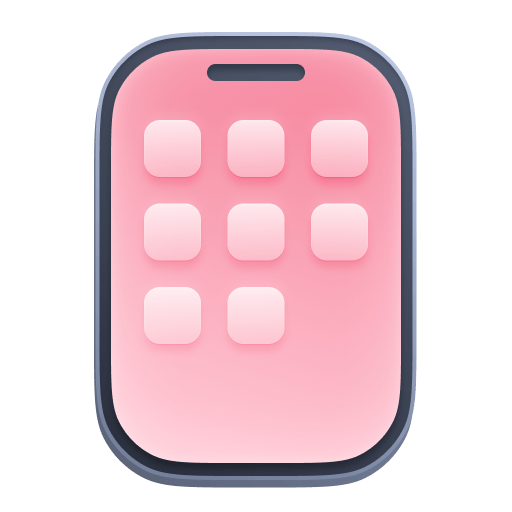Troubleshooting RUM for mobile applications
- Latest Dynatrace
- Troubleshooting
- 1-min read
- Published Jul 18, 2019
On this page, you can find out how to solve problems related to mobile application monitoring.
General troubleshooting
If you've encountered a general issue related to mobile application monitoring, check one of the following pages in the Dynatrace Community.
Specific issues
To troubleshoot specific issues, refer to Mobile applications: Issues with mobile RUM | Specific issues in the Dynatrace Community.
Log sharing for troubleshooting
For iOS mobile applications, Dynatrace provides the shareLogsFile API, which enables easy sharing of locally stored log files via an iOS sharing sheet (UIActivityViewController). For more information, see Log sharing.
Technology-specific troubleshooting
For issues specific to your technology or operating system, check one of the following pages.
- Mobile applications: General issues with Dynatrace Android Gradle plugin
- Mobile applications: Build issues with Dynatrace Android Gradle plugin
- Mobile applications: Issues with SwiftUI instrumentation
- Dynatrace Cordova Plugin | Troubleshooting and current restrictions
- Dynatrace Flutter Plugin | Troubleshooting
- Dynatrace React Native Plugin | Troubleshooting
- Mobile applications: Issues with Dynatrace Xamarin NuGet package
- Mobile applications: Issues with Dynatrace .NET MAUI NuGet package
Related tags
Digital Experience Mobile
Mobile
 Mobile
Mobile